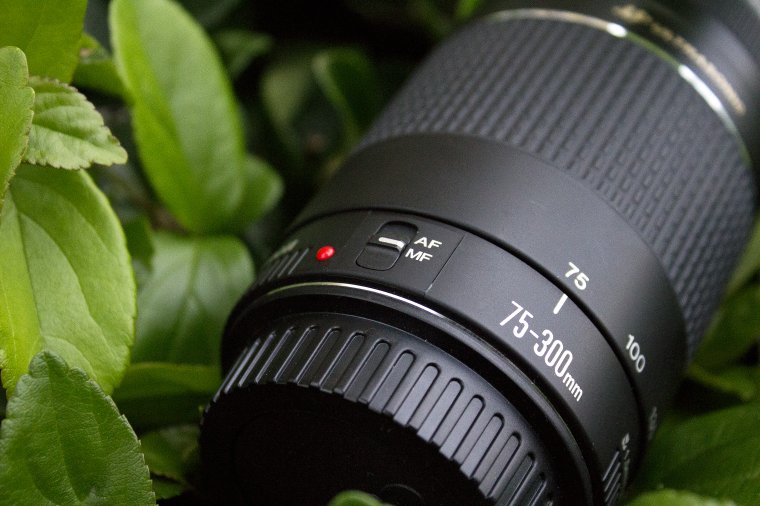
Our DSLR and Mirrorless cameras have come a long way.Having an AF (Auto Focus) Sensor now built in makes our lives so much easier as photographers and by extension videographers. Why would you even want to learn about Manual Focusing? Even though our cameras have indeed come a far way with the assistance of Auto Focus, there are still a few things it needs to perform its task. Just a few of the things are Light and Contrast, the sensor is made to use the assistance of light and contrast for edges and textures to focus on certain areas. If there is a lack of this for instance when doing Low Light photography, you’ll see your lens struggle to focus on a subject even if it’s a low aperture lens. Keep in mind the sensor also helps to get those sharp edge to edge shots on your subject so when it’s in a situation where It’s unable to complete the task, you’ll then end up with a blurry, out of focus images.

In addition, have you ever tried to use Auto focus to capture a creative shot through a wire fence or a glass window and see where your camera ends up focusing on the absolute wrong thing? This happens because the AF sensor makes the camera focus on the obstruction, rather than the subject beyond it and this may cause complications when trying to be creative with your perspectives or even when trying to capture good nature shots. Keep in mind that the camera will always try to focus on the closest thing the sensor sees so when you try to do for example Wildlife Photography, you may face a problem if something else flies or walks through the frame obstructing the AF point. Another condition under which manual focus may save you is when shooting a subject moving so quickly that the AF sensor doesn’t have time to lock onto its subject. So, for instance, if shooting cars racing, it’s better to AF on a particular spot first and then switch to manual focus. Then wait on your subject to reach that spot to capture a clean shot. This same principle can apply to Nature Photography or Candids of kids in a park.

When it’s all said and done of how AF can fail us, the next step is actually knowing how to Manual Focus. Originally, all camera lenses were manual, where as you’d have to set your aperture value with the aperture ring and then manually focus the lens as well. This can definitely be seen on the old school FD Mount lenses from Canon or any other brand. However, as time progressed and the age of technology grew, these lenses started to become outdated and out of use. Still, the can be purchased now for a fairly cheap price. You do still have Photographers who use these type of lenses on their DSLR cameras often with an adapter so their camera can read the type of lens sitting on the front of it often for a film effect or they’re just a fan using these old school lenses. On these modern day lenses, you are given the option to use AF or MF by just the flick of a switch on the side of your lens. If you are a Canon user like myself don’t be confused with Auto focus and Manual Focus point selection, this is not Manual focus. Your camera is only giving the option to specify a specific location where you’d like your lens to focus, rather than it just choosing for you.

Manual focus on the newer lenses are pretty straight forward, being that all the adjustments in regard to aperture can already be done on your camera You just begin by changing the switch on the side of your lens to MF and it begins. At first, it might seem frustrating like when I just started using Manual focus but with practice and patience, it slowly becomes a habit or normal rather like changing your shutter speed or adjusting your ISO. Depending on the lens you’re using or the manufacturer of it, you may find some Manual Focus rings are easier to use than others in regard to how smooth they operate. You’ll find a few lenses with stiff Manual Focus Rings (placing a rubber band around the ring might do the trick) and others as smooth as butter making it a lot easier for you to actually Manual Focus Properly. If you end up with a flew slightly blurred images, that’s fine as it takes practice like they say “Rome wasn’t built in a day”.
I hope these tips and tricks helped to give you an insight to Manual Focusing, also teaching you to rely on Auto focus a lot less!
Comments (0)
There are no comments yet.